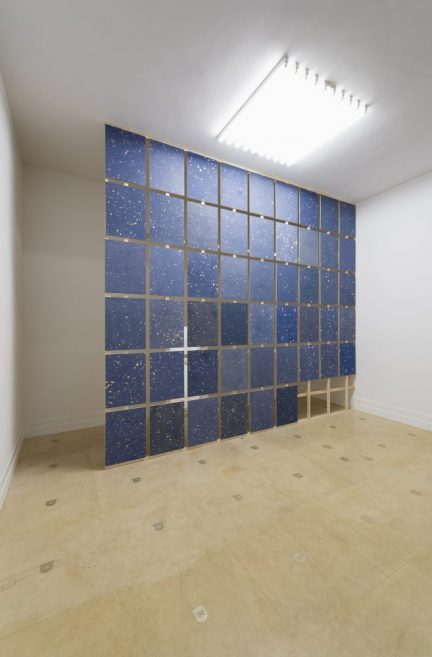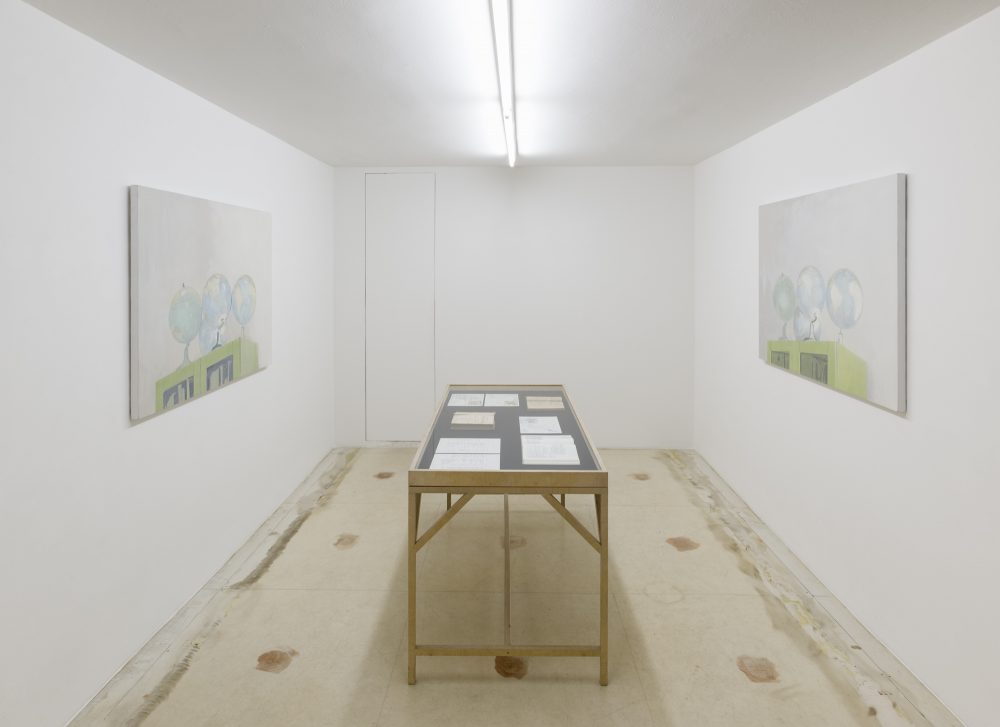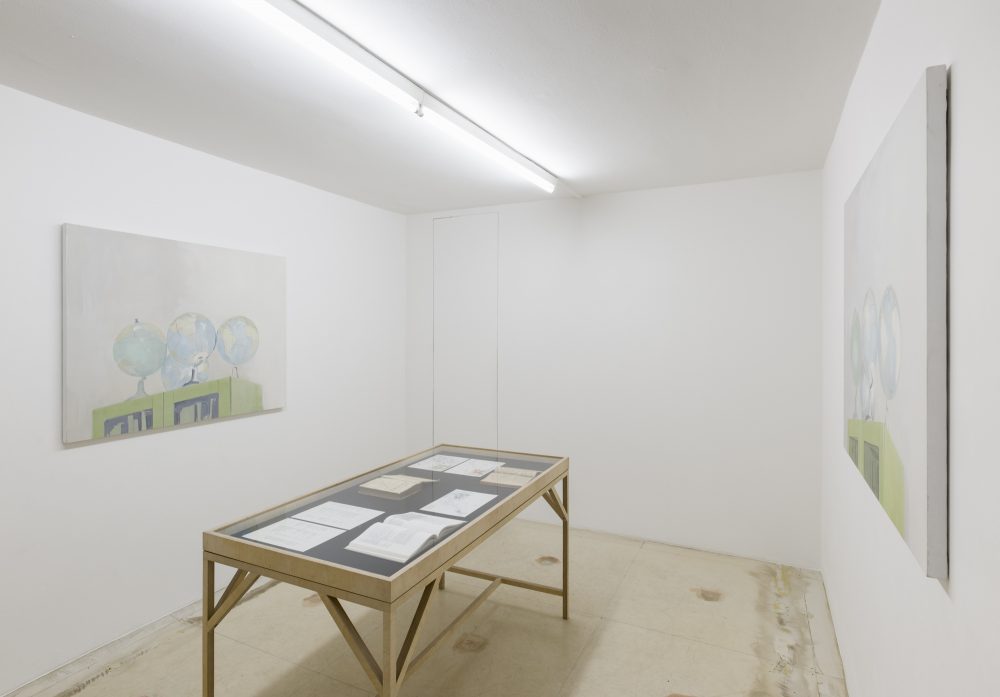HEAVENS ABOVE !!!
(Abolished Constellations: The Observatory of Alexandra Paperno)
It is not surprising that some sceptically minded people think that descriptions of the Cosmos, are as much a speculative fiction as a definable, measurable, and substantial reality. The universe only ever exists for most people in terms of and observed experience from a gravitationally anchored or terrestrial point of view. Apart from those few celebrated cosmonauts/astronauts who have actually breached the thermosphere, the universe exists to most of us only in terms of viewed appearance, and the seen as appearance, or raw visual perception, has always been suspect and questioned by philosophical idealists and anti-materialists,[i] and by phenomenological psychologists who question the nature of creative perception.[ii] Not surprisingly what constitutes the universe and our intellectual understanding of it, has been the subject of continuous revision ever since the first Sumerian Mesopotamian cosmology that understood the Earth as a flat circular disc surrounded by a cosmic sea, more than three millennia ago. And from the very beginnings of cosmology, an opaque and unresolved bifurcation has always existed between what we understand as the materialist physical cosmology (origins, evolution and fate of the universe), as distinct from various and diverse religious cosmologies (myths and the mythical, the spiritual-mystical, and/or different esoteric speculations) that are wedded to specific creation narratives. Therefore the constituent elements that appear to constitute the Universe (Cosmos), its galaxies and constellations, have been no less revised and continuously reconfigured. And it is these revisions and reconfigurations that are the subject of Alexandra Paperno’s project Abolished Constellations, seen as a fifty-one panel installation currently exhibited in the Diehl Cube.
After the advent of the Nicolas Copernicus’s “heliocentric” revolution (De revolutionibus orbium ceoelestium—On the Revolution of the Heavenly Spheres, 1543), the replacement of the ancient Ptolemaic geocentric system of the universe took place.[iii] As a result physical cosmology initiated and established modern observational astronomy, thereby making empirical observation challenge the old suppositions posed by the still prevailing religious creation narratives of cosmology. By this means astronomy was set free and no longer chained to astrology, whence it been long associated and was in fact first derived. We entered tentatively the empirical technologies and the observational age of science.[iv] Just as chemistry gradually emerged from alchemy, a pseudo-science dismissed and denigrated, so too the astrological readings of the heavens and the horoscope took on a fictional cultural status as a fanciful if popular activity. This said Paperno’s unique project Abolished Constellations is an imaginative and creatively speculative reconstitution of those first imagined heavenly constellations and Sidereal declinations historically edited from the heavens, a revision that has come about putatively over the last five centuries following the increased knowledge and standardisation of astronomical science.[v]
First conceived as part of an extended fiftieth anniversary Observatory Exhibition Project near the village of Nizhny Arklyz, in the North Caucasus (Ciscaucasis), the panels were exhibited by Paperno in a abandoned Church built in the Armenian style but linked to an now no longer existing Alanian-Scythian Christian community. In this respect the pre-heliocentric and physical-astronomical suppositions of the local and once world’s largest Soviet Observatory were cast anew and alongside the context of the earlier medieval religio-astronomical systems. Yet at the same time the questionable or arbitrary status of the twentieth century standardisation—the parameters and knowable—of the heavens were also thrown into question. The ideological suppositions of an imposed and inflexible system that inhibited imagination was established. Drawing on such ancient sources such as Argo Navis among others, the panels were assembled in a grid construction that resembled in a loosely generic sense an altarpiece thereby doubling the sense of meaning of that which is heavenly—the signifying heavens being a common metaphor in both secular and spiritual usage.[vi] Hence it followed that the fictional, the originally different cultural identities, and the completely abolished constellations were imagined and reconstituted by Paperno’s imaginative investigations.
With the panels as currently exhibited in Diehl Cube the viewer is asked to reflect on the implications of assertive forms of standardisation and definition, and thereby, perhaps, the limiting of our creative understanding of the universe. This has great value since we know, in relative terms, such a miniscule amount that is born of mere observation. Notwithstanding the numerous satellites and space probes our status as remote observers remains, and the comprehensions we have rely largely on mediating and contingent technologies. This said, it is not that Alexandra Paperno is suggesting the abandonment of such means, but that she alerts the viewer to the presence of previous worlds of imagination understood as observational perception and fanciful speculation. She seems to be suggesting that to close an affinity to standard norms can be inhibitive, and like most artists she creates the conditions that question the purported unity of closed systems, that if not challenged and revealed can easily become a self-fulfilling paradigm.
©Mark Gisbourne
Tuesday, 16 January 2018
[1] Michael N. Forster, Hegel and Skepticism, Cambridge Mass., Harvard University Press, 1989.
[2] Rudolf Arnheim, Art and Visual Perception: A Psychology of the Creative Eye, Berkeley and Los Angeles, University of California Press (1960) 2004 (updated edition, revised 1974
[3] He was not the first to suggest the sun-centred (heliocentric) universe, since it was suggested and argued for by the Greek astronomer Aristarchus of Samos, in the 3rd BCE. However the Aristotle and later the Ptolomy geocentric systems prevailed until Copernicus. See Alberto G. Gomez, Aristarchos of Samos, the Polymath: A Collection of Interrelated Papers, Bloomington, Authorhouse, 2013, pp. 1-21
[4] Peter Whitfield, Astrology a History, London, British Museum Publication, 2004.
[5] The standardisation took place at the International Astronomical Union 1922. See Transactions of the IAU, vol. 18, Proceedings of the First General Assembly, (May 2-10), Rome, Italy, 1922.
[6] The Argo Navis (genitive, “Argus Navis,” the Ship), was named after the journey of Jason and the Argonauts, and the constellation no longer exists in standard astronomy, its component stars are now divided between the three constellations of Carina, Puppis, and Vela. In fact as the “Ship of Osiris” had first been established by the Ancient Egyptians, see John C. Barentine, A History of Obsolete, Extinct, or Forgotten Star Lore, New York and Berlin, Springer, 2016, pp. 72–73, and Uncharted Constellations: Asterisms, Single-Source and Rebrands, New York and Berlin, 2016.








